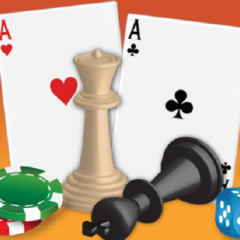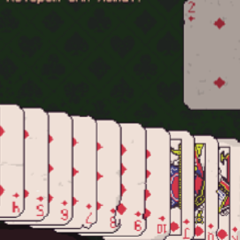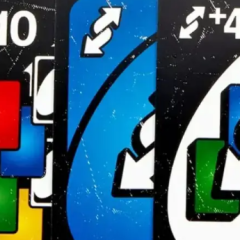Conway’s Game of Life is a grid-based system that operates without direct player control. It’s not about winning or reaching a goal—it’s a simulation where patterns grow, vanish, or evolve based on fixed conditions. You start by activating some of the cells in the grid. From that point, everything runs automatically. With just a few setup decisions, the board begins to move and shift in ways that often feel unpredictable. Despite having no players or interaction once it starts, the simulation creates outcomes that feel almost alive.
Rules That Shape Everything
The entire system is driven by four rules that apply to every cell on the board. If a living cell is too crowded or too isolated, it disappears. If a dead cell is surrounded by exactly three living neighbors, it comes to life. These simple rules apply to all cells at once, and with each tick—or generation—the board updates. What’s fascinating is how such straightforward logic creates endlessly different results, depending only on the original layout of the cells.
Patterns That Behave Like Creatures
Over time, certain repeating behaviors appear in the simulation. Some cells stabilize and stop changing. Others form repeating cycles or even shift across the board in what appear to be structured movements. These shapes—like the glider or the blinker—are studied for their stability and reactions. There’s no animation or direction added; it all comes from the math. New configurations, especially random ones, often surprise even experienced observers with how long they take to settle—or whether they settle at all.
What makes Conway’s Game of Life interesting is not its appearance or complexity, but the way it shows how rules can lead to unexpected results. It’s a digital sandbox for observing how patterns respond to logic over time. Used in research, education, and digital art, the simulation invites curiosity and experimentation. You don’t play it in the usual sense—you build, press start, and watch a system grow or fall apart by its own rules. That’s where the real interest lies: in seeing what happens next.













